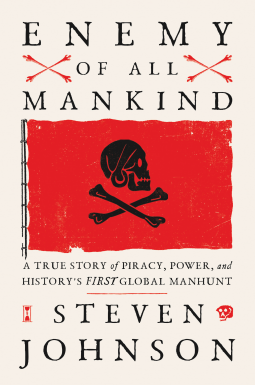Title: Night of the Living Dead
Rating; 5 Stars
I haven’t seen this film in many years. Maybe because we’re in a pandemic, I seemed to have enjoyed it much more this go around.
Ben (Duane Jones) and a virtually catatonic stranger that narrowly escaped a zombie attack after witnessing her brother get killed end up at a remote house. Ben immediately starts reinforcing the house against the zombies. After doing all of this work, Ben discovers that a husband / wife / daughter and a boyfriend / girlfriend have been hiding in the basement all along.
Bitter that they didn’t help him from the start, the relationship between the two sets of survivors remain difficult. Harry (Karl Hardman) is a sniveling blowhard coward that insists that the cellar is the safest place to be. Ben thinks that the cellar is a death trap and continues to reinforce the house.
Ultimate, the zombies come and, as to be expected, all survival plans fall apart and nearly everyone dies.
For those of you raised by wolves, this is the film that kicked off all zombie films. This is true even though the word zombie is never used during it (ghoul is the term of choice). It essentially defined the rules of the genre. There is a group of disparate people collected together fighting against the zombies. The zombies are mindless living dead only intent upon consuming flesh. The zombies are lurching and slow moving (apparently George Romero holds in contempt the current vogue of fast moving zombies, asking if the dead suddenly joined a fitness center and became world class athletes).
Made in 1968, it made what must have seemed a bold choice at the time to cast the hero, the get ‘er done man of courage, as a black man and the sniveling coward as a white man. Although Romero insisted that he cast Jones because he was the best man for the role, seeing this must have caused some cognitive dissonance with the viewers of the day.
I found the pacing of the film to be interesting. It’s about ninety minutes long. The first zombie attack takes place during the first third. Plans fall apart and people quickly die in the last twenty minutes. The middle part features relatively few zombie scenes. It’s mostly about the troubled dynamic between Ben and Harry. Harry alternately betrays and supports Ben. The tension in their relationship propels the middle third of the film.
Ben, in a fit of rage, ultimately shoots Harry. Harry dies from the wound. In fact, none of the dying is caused by random zombies. The boyfriend / girlfriend die in a fiery explosion when they try to gas up a truck. Harry is shot by Ben. Harry’s daughter has been injured during the entire film. She dies, reanimates, and then eats her father. She then kills and feasts on her mother. The young woman is fighting off the zombies when she recognizes her brother, now reanimated as a zombie. He kills her.
What does it mean that none of the main characters are killed by an unknown zombie? Is the known evil more dangerous than the unknown? Do we spend so much time preparing for the unknown that we miss on the threats immediately in front of us? Do we spend too much time obsessing on the threat of the other?
The last man left is Ben. He ends up holing up in the cellar. He survives the attack. Ironically, the coward that insists that they could all survive in the cellar proved to be exactly right. Ben’s heroics resulted in nothing more than the deaths of those that were counting upon him.
Ben, finally clear of the cellar, walks around the house to determine if all zombies are gone. Little does he know that there is police outside on a mission to shoot all zombies in the head. Seeing him in the window, the police shoot Ben dead.
Obviously, in 1968 Black Lives Matter wasn’t a thing. Equally obviously, police violence against Blacks was not exactly a rarity back in 1968. The police callously shooting him without even attempting to determine his health is a powerful statement about the usage of police power against people of color.
Not only does Ben die a non-heroic death, his disposal is even more callous. His dead body is dragged out and thrown onto a pyre of now dead zombies. They are then burned.
Any film that involves people trapped in a house unwilling to leave due to outside danger will have special relevance during a pandemic. Granted, we don’t have the undead walking among us, but still I could relate to wanting to board up windows and doors to stay safe.
Maybe I should move down into the cellar.


